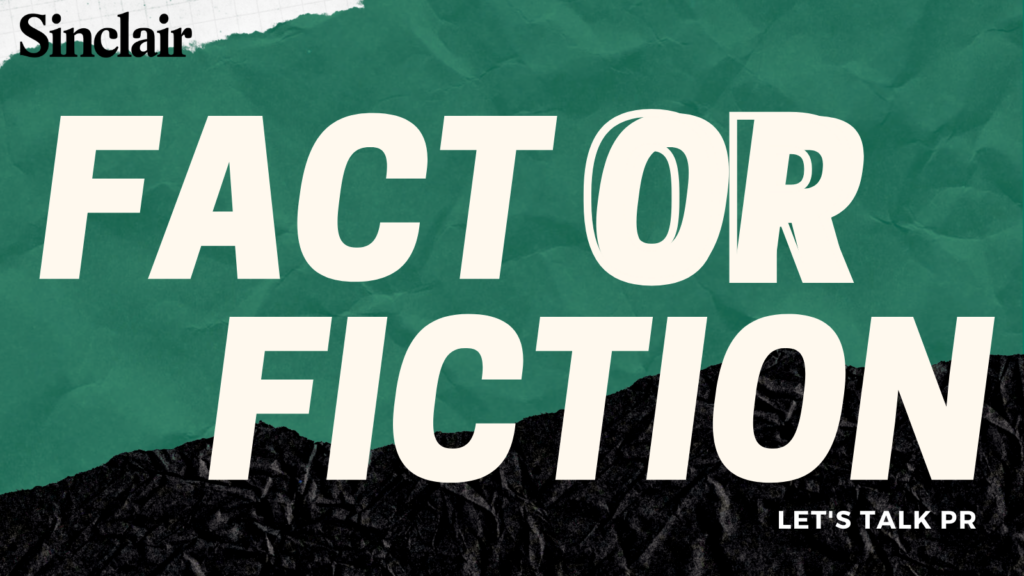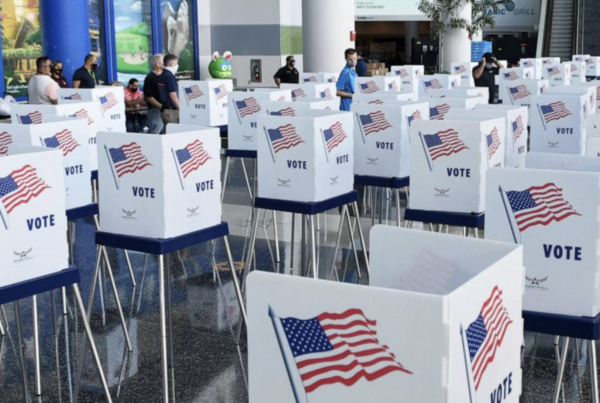By: Kaitlin Coogan and Kailey McSwain

When people talk about PR, the first question is “So, what exactly do you do?” That question is almost always immediately followed by some iteration of the words spin, underhanded, and sometimes even liar. It’s not exactly a great picture, and it’s pretty much the only one that exists in the media today. TV shows portray PR specialists as publicists or fixers, ignoring ethical and legal boundaries, doing anything it takes to get their way. The truth of it is, the average day in the PR world doesn’t involve hiding bodies and lying to reporters, but consists of collaboration and strategizing to affect honest and tangible change. So, if PR isn’t all about scandal, lying or manipulating, what exactly is it?
To start off with a textbook answer, PR is all about managing relationships. It’s a broad definition because the work is expansive, and always varies based on a client’s specific needs. PR work encompasses everything from key messaging research and data driven strategy to social media management and content creation.
Let’s debunk some common industry misconceptions:
- PR is all about the spin.
The fundamental goal of PR is to tell your client’s story- in the right way and to the right audience. That means it’s important to frame messages strategically. Framing, however, does not mean fabricating. PR is often painted as an industry that blurs the truth to save face – but this could not be further from the truth. Effective PR should always work to maintain open and honest communication with the public. The hallmark of a successfully framed message is one that reaches the right audience, strengthens relationships with key publics, and protects client integrity – even if that means publicly taking responsibility for an issue that threatens reputation.
- You only need PR during a crisis, right?
The best time to deal with a crisis is before it ever happens. Waiting until you’re in the midst of a crisis means that you’re starting on the defensive, with no room to catch up or get ahead of the narrative. Crisis management is just as proactive as it is reactive- relying heavily on preemptive research and training to ensure educated and timely responses. Much of this proactive preparedness lies in the everyday messaging, media relations and digital outreach carried out by your PR team. Consistent and strategic PR is used to not only disseminate information, but to establish and maintain public trust in your brand.
- PR means media relations.
The practice of ‘media relations’ no longer solely entails press releases and follow-up calls with reporters- but encompasses the whole scope of today’s modern communication landscape. Good media relations determines the right media avenues for your client to achieve maximum impact and exposure- whether that means digital outreach, earned media outreach or paid advertising. Press releases will always be a staple PR deliverable, however, exist in modern day PR as a slice of a much larger pie, rather than the main ingredient. Comprehensive media relations in the modern communications landscape should always marry digital outreach with traditional earned media efforts.
- Isn’t PR just marketing?
It’s easy to get confused when you’re talking about PR, marketing and even advertising. A lot of that confusion derives from the fact that these three areas often overlap within the larger communications sphere. However, the main difference comes down to intention and outcome. In short, PR manages relationships with key publics, both internal and external – so, think image and perception versus the promotion and selling of a product. PR works to tell the greater story behind a business, while marketing and advertising are often specific to product placement and consumer sales.
- We don’t need PR anymore, we have social media.
Since its earliest beginnings, PR has operated under the approach that persuasion and communication looks different for every audience, and must be catered to as such. The father of PR, Edward Bernays, proves this theory in his infamous Lucky Strike Cigarettes campaign in the 1920s. Bernays was able to capitalize on the shifting gender roles spawned by WW1 to successfully market cigarettes to women, proving the efficacy of strategic and targeted messaging. Social media changed the face of PR, by providing a digital platform that allows brands to interact with their audiences directly, intentionally, and in real time. Instead of taking away the need for PR, social media kickstarted an evolution of the industry. Social media not only amplifies messaging and reach, but has become the bridge between consumers and brands. This two-way communication gives consumers an unprecedented voice, and publicly holds brands accountable for their actions.
So, what does PR really mean?
PR is an expansive and ever evolving industry, filled with dedicated professionals that work to amplify voices, shape reliable outcomes and effect positive and tangible change- rather than lie, cover-up, and manipulate. And while the PR industry may not be full of the glamour and scandal portrayed in the media, it remains a fast-paced and exciting field perfect for young creators, leaders and storytellers.



